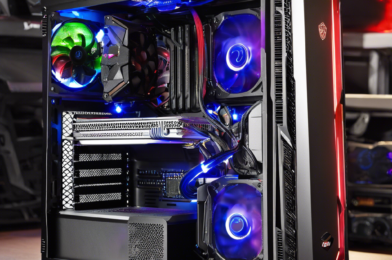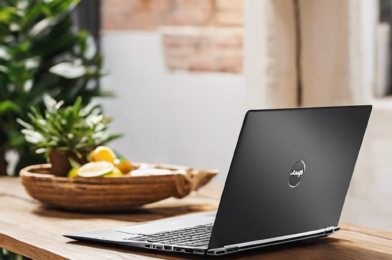As our digital lives expand, so too do the potential risks to our privacy and security. From online banking to social media, our personal information is constantly being shared and stored online. For those seeking an added layer of protection, a Virtual Private Network (VPN) can seem like an attractive solution. But do you really need one?
A VPN encrypts your internet traffic and routes it through a server in a location of your choosing, making it more difficult for third parties to intercept your data or track your online activities. This can be especially useful when using public Wi-Fi networks or accessing sensitive information online. By obscuring your IP address and physical location, a VPN can also help you bypass geographic restrictions and access content that might otherwise be blocked in your region.
However, it’s important to remember that VPNs are not a perfect privacy solution. While they can provide a layer of protection against certain types of online tracking and surveillance, your data is still visible to the VPN provider itself. As such, it’s crucial to choose a reputable VPN service with a strong track record of protecting user privacy. Reputable VPN providers often have a strict no-logging policy, meaning they do not keep records of your online activity, and they might be headquartered in privacy-friendly jurisdictions.
Another consideration when using a VPN is the potential impact on internet speed. Because your traffic is being routed through an additional server, you may experience slower speeds, particularly if the VPN server is located far from your physical location. This can be a significant drawback for activities that require high bandwidth, such as streaming or gaming.
That said, a VPN can be a valuable tool for certain users. If you’re concerned about online privacy and security, or if you frequently access the internet on unsecured networks, a VPN can provide added peace of mind. Additionally, for those who travel frequently or live in countries with heavy online censorship, a VPN can be a vital tool for accessing the open internet.
In conclusion, while a VPN can provide enhanced privacy and security online, it’s not a necessity for everyone. For casual internet users, there are other simple and effective measures, such as using secure connections and avoiding public Wi-Fi, that can help protect your privacy. However, for those with specific concerns or requirements, a VPN can be a powerful tool for safeguarding their online activities. It is a personal decision that should be made based on individual needs and preferences.
It’s worth noting that the VPN market is crowded, and choosing a reliable and trustworthy provider can be challenging. Free VPNs, in particular, should be approached with caution, as they may sell user data to make a profit. It is always advisable to opt for a well-known, paid VPN service with a proven commitment to user privacy and transparency. By taking the time to research and select a reputable VPN provider, users can ensure they are getting the protection they expect and deserve.
Additionally, it is important to remember that a VPN is just one part of a comprehensive approach to online security. Users should also ensure they are practicing good password hygiene, keeping their software up to date, and being cautious when downloading files or clicking links. By combining multiple security measures, users can create a robust defense against online threats and protect their sensitive information.
Overall, while VPNs can provide a measure of online privacy and security, they are just one tool in a broader toolkit for protecting your digital life.






